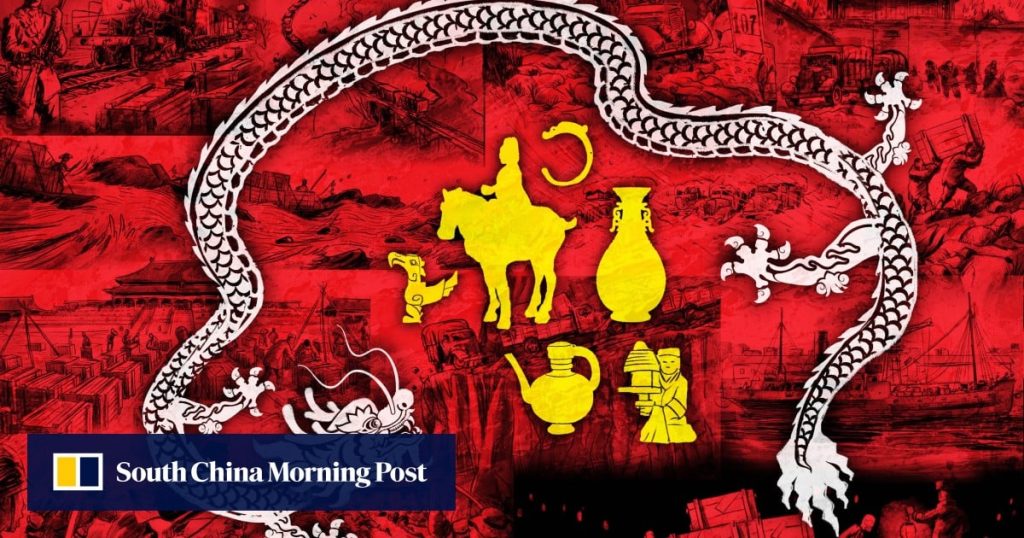Post Views: 1
On October 10, 1925, the Forbidden City in Beijing became the Palace Museum. The massive complex of ancient imperial palaces that was home to the royalty of the Ming and Qing dynasties for centuries became a museum for the people. Today, there are four Palace Museums: the original in Beijing, the National Palace Museum in Taipei, with a Southern branch in Chiayi which opened in 2015, and the Hong Kong Palace Museum which opened in 2022. In this series, we explore the stories behind the centenary and look at how each museum is marking this major milestone.
Among the extraordinary stories of the second world war is a saga that is largely unknown outside China: the epic 17-year odyssey to save the country’s heritage in the world’s largest and longest migration of cultural treasures.
From 1933 to 1950, some 20,000 crates of priceless relics travelled more than 10,000 miles across dangerous routes through battle-ravaged cities to the country’s western hinterland.
Thanks to the protection of dedicated guardians of civilisation, these treasures – mainly from the Palace Museum but also from other institutions – have become enduring symbols of national heritage.
Eighty years on, the wartime spirit of the migration has shaped contemporary cultural identity, soft power and national pride, as seen in the thousands of museums across China that echo President Xi Jinping’s ambition of a Chinese rejuvenation, according to analysts.
At the same time, the collection remains divided – split between Beijing and Taipei’s National Palace Museum and seen by some as a continuing barometer of tensions across the Taiwan Strait.
According to Neil Schmid, an American scholar at the Dunhuang Academy in China’s northwest Gansu province, the survival of the treasures gives added credence to the Communist Party’s broader claim of rescuing the country from fragmentation and humiliation.
Source link


